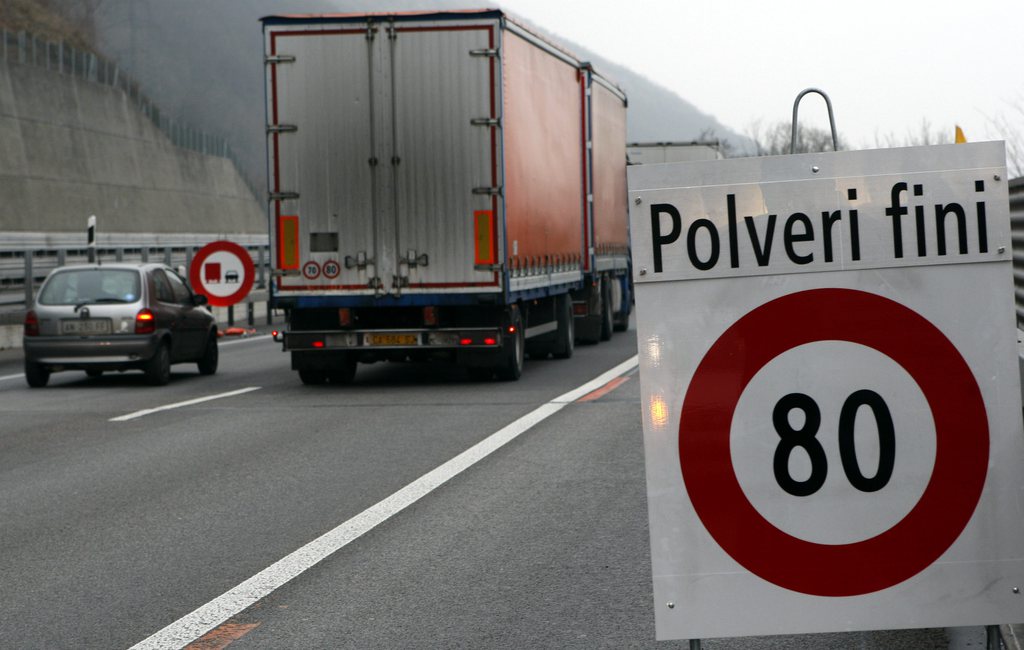
Swiss hit Kyoto targets for 2008-2012

Switzerland was able between 2008 and 2012 to reduce its greenhouse gas emissions by 9% – slightly above its Kyoto Protocol target of 8%. Despite this, environmental organisation WWF reckons the government is still “flying blind” when it comes to climate politics.
Despite the fact that between 2008 and 2012 the Swiss population grew by 18%, the number of cars on the road grew by 34% and gross national product rose by 36%, per capita greenhouse gas emissions fell from 7.8 to 6.4 tonnes, the Federal Environment Office said on Thursday.
The 13% increase in emissions generated by motor fuel compared with 1990 was compensated for by decreases in other sectors.
Most of the reduction measures were taken within the country in the context of the CO2 Act and included, in particular, the carbon dioxide levy on combustible fuels, the buildings programme and the requirements for passenger vehicle emissions.
Other measures implemented from the 1990s, such as the improvement of energy efficiency, the promotion of public transport, the transfer of freight transport from road to rail, the use of more natural methods in agriculture and the regulation of synthetic gases, also contributed to the reduction of emissions.
The environment office said the purchase of certificates abroad and the carbon dioxide sink effect of the forests had also been taken into account.
‘Right road’
For the second commitment period under the Kyoto Protocol, Switzerland has declared a greenhouse gas emissions reduction target of 20% compared with 1990, to be attained on average between 2013 and 2020.
“The target for 2013-2020 is more ambitious and demands the commitment of all of the sectors involved,” said Bruno Oberle, director of the Federal Environment Office.
“Switzerland is on the right road,” he said, pointing out that Switzerland’s example showed that growth and climate protection were compatible.
“In the international context, it expects the other states to show a similar commitment,” he concluded.
‘Flying blind’
But environmental organisation WWF wasn’t overly impressed, saying the target had only just been met thanks to some “serious embellishment”.
Patrick Hofstetter, head of climate and energy at WWF Switzerland, said greenhouse gas emissions had basically stayed the same between 2008 and 2012 instead of significantly going down.
“Only by the massive purchase of pollution rights could the Kyoto targets be just met,” he said.
Hofstetter was equally downbeat about the future. “Unfortunately the cabinet still hasn’t got a plan for a climate policy that is compatible with the official target of a maximum warming of two degrees Celsius.”
The result, in his opinion, is that Switzerland is still “flying blind” concerning climate politics.

In compliance with the JTI standards
More: SWI swissinfo.ch certified by the Journalism Trust Initiative




























You can find an overview of ongoing debates with our journalists here . Please join us!
If you want to start a conversation about a topic raised in this article or want to report factual errors, email us at english@swissinfo.ch.